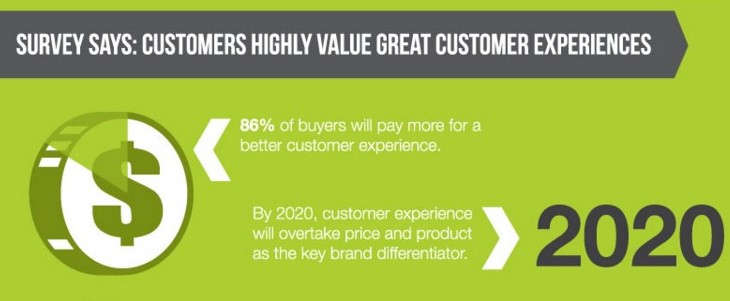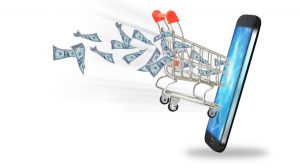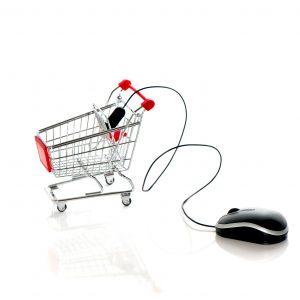One of the greatest challenges as a restaurant owner is learning how to create prolonged customer engagement across channels that assists in maintaining consistent customer traffic despite fluctuations in weather. Customer engagement is a pivotal factor in determining a restaurant’s level of success: According to a recent study by Deloitte, customers value being engaged by a restaurant more than any other experiential metric. In fact, 34 percent of customers reported that engagement — which is defined in this study as when the restaurant interacts with the customer in a “friendly, authentic, and hospitable way” as the most important factor in determining whether or not they are satisfied with their visit to a dining establishment.
The change in seasons presents an opportunity for you to engage customers through implementing changes in your menu and services which will lead to renewed customer interest across channels, enabling your company to maintain margins even during the most challenging winter months.
Prioritize omnichannel delivery
In order to build your business during cold season, you will need to take into account how consumer behavior differs as the temperature drops. Customers order higher amounts of food delivery in cases of extreme weather and food delivery platforms such as Grubhub see an increase in growth during cold weather months. Home delivery is a growing segment for restaurants, leading CNBC to predict a 79 percent increase in home food delivery by 2020. As a result, you must be prepared to cater to seasonal consumer demand for home delivery with a seamless omnichannel presence across channels.
By streamlining your business’s mobile functions and focusing your marketing efforts on promoting your local affiliations on social media, you’ll be prepared to cater to the growing demand for home delivery.
Opportunity for mobile expansion
A recent study by the National Restaurant Association found that 46 percent of smartphone users use their phones to order food at least once a month. Increasing customer demand for smartphone-optimized food delivery has led to rapid growth of custom delivery service platforms such as Grubhub. Even more notably, 60 percent of Grubhub’s over 3 billion dollars in annual local revenue is generated through orders on mobile devices.
Grubhub’s expansion highlights the growing opportunity for restaurateurs to reduce revenue loss through the outsourcing of restaurant functions such as food delivery to outside enterprises. Keep sales in-house by strengthening your company’s omnichannel functions to increase sales that might otherwise have been lost due to consumer buying patterns and restaurant delivery startups.
Promote affiliation with local growers
Consistent output on social media is essential to maintaining customer engagement during times when the temperature prohibits them from visiting your physical restaurant. Promote your connection with local growers and Farmers’ Markets in order to expand your restaurant’s visibility on social media. According to a 2016 survey by the National Restaurant Association, 57 percent of adults prefer restaurants that serve locally-sourced food. In light of this evidence, there is a substantial opportunity for restaurateurs to grow business during off-seasons by partnering with local growers and creating hashtag campaigns to drive restaurant traffic.
Collaborating with local companies also gives you that ability to market your business through #shoplocal social media campaigns. For example, restaurants in Boston, Massachusetts collaborated to create the Boston Local Food Festival. At the outdoor festival, members of the community can experience local food and support small businesses, as well as meeting local growers and fisherpeople from Boston’s wharf. Look into online marketing software platforms such as BuzzSumo and Sprout Social to assist in identifying the right hashtags to market your company’s local affiliations.
In addition to publicizing partnerships with local growers, participate in events such as American Express’s Small Business Saturday to promote your restaurant’s affiliation with your local community. Small Business Saturday facilitates omnichannel marketing for small businesses and restaurants by offering retailers customizable social media materials, website banners, and in-store signage to promote the annual shopping event held on November 25th.
Are you interested in learning more about how to create an omnichannel customer experience and increase engagement? Read how NectarOM increased TGI Fridays in-app conversions by 35% here












![[Case Study] Successful Application Of Omnichannel Personalization To the Restaurant Industry](https://nectarom.com/wp-content/uploads/2017/08/Restaurant-300x200.jpg)






